In 2024, the Lunar New Year will begin on Saturday, February 10th, marking the "Year of the Dragon." However, for Thailand, 2024 is the "Year of the Naga"—the mythical serpent. The Year of the Dragon is believed to be a time of potential and opportunity.
Lunar New Year is a holiday marking the first new moon of the lunar calendar, the traditional calendar used in many Asian countries, including China, Vietnam, and Korea. In these and other Asian countries, it is one of the most important holidays of the year.
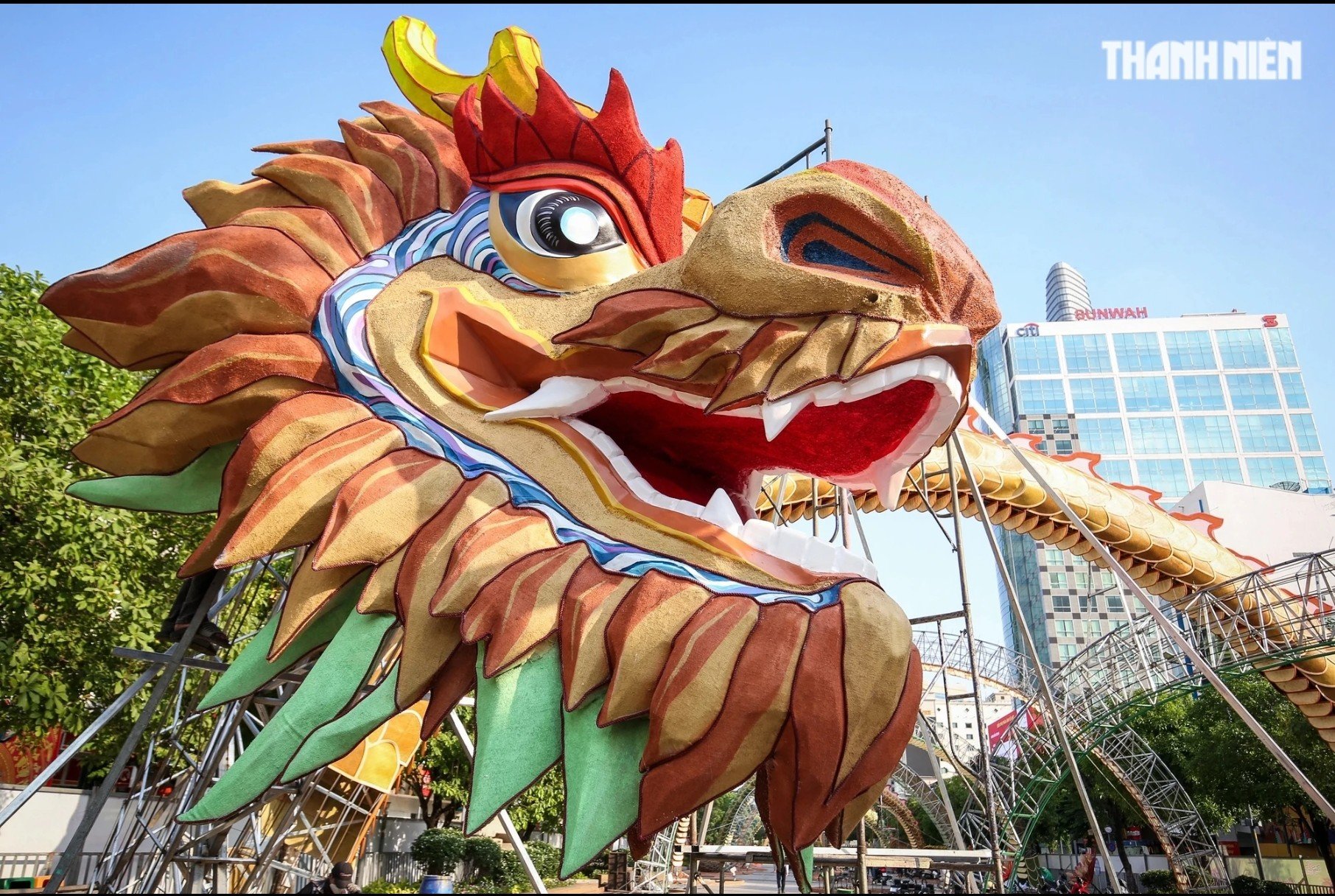
2024 will be the year of the dragon.
Many cultures use the Gregorian calendar to keep track of time, but some cultures use other means. The Gregorian calendar, used by most of the world , does not track the phases of the moon and sun, whereas the lunar calendar does. This is why the Lunar New Year falls on different dates each year in the Gregorian calendar.
This New Year celebration is also known by various names in different cultures. For example, in China it is called Chūn Jié. In Vietnam it is called Tết, Seollal in Korea, Losar in Tibet, and Tsagaan Sar in Mongolia...
Each Lunar New Year corresponds to a zodiac animal, which includes various animals based on a 12-year cycle. The Lunar New Year of 2024 is the "Year of the Dragon," the fifth sign in the zodiac calendar. People born in the Year of the Dragon are said to be confident, independent, charismatic, ambitious, adventurous, and fearless. However, the zodiac animal varies depending on the country; for example, in Vietnam, 2023 was the Cat, while in China it was the Rabbit.
Recent years of the Dragon include 2012, 2000, 1988, 1976, 1964, and 1952.
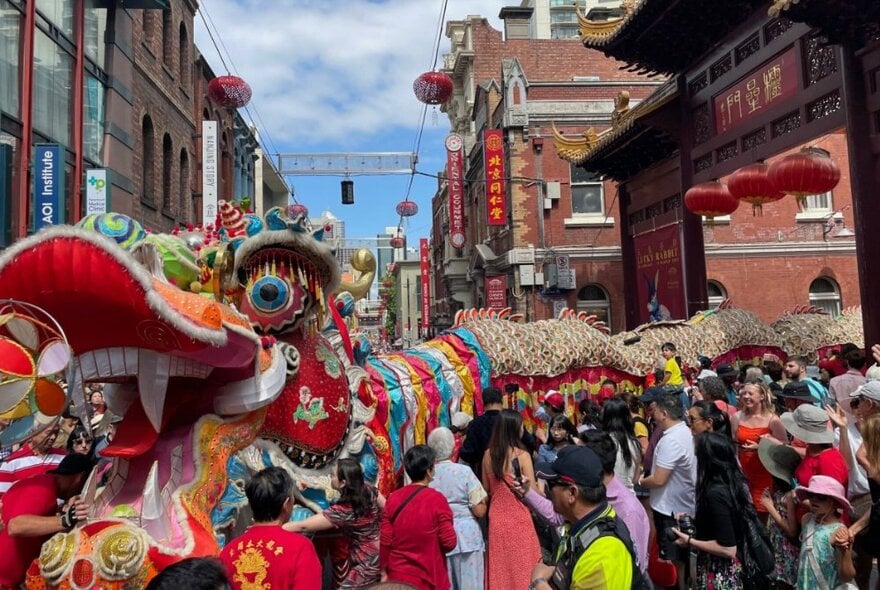
Dragon dances are performed by the Asian community on New Year's Day in Melbourne, Australia.
Red is the most popular color during the Lunar New Year because it is traditionally associated with happiness, good fortune, wealth, and auspiciousness. It also originates from a Chinese holiday – red is used to ward off evil spirits, hence red lanterns and firecrackers are associated with the New Year.
Lunar New Year is now celebrated all over the world, especially in places with large populations of people of Southeast Asian or East Asian origin.
However, only a few countries and territories in Asia still celebrate Lunar New Year, including: China, Vietnam, South Korea, North Korea, Malaysia, Singapore, Taiwan, Hong Kong, and Mongolia. Some countries also celebrate Lunar New Year on a large scale, but mainly within the Chinese communities in "Chinatowns" such as Thailand and Indonesia.
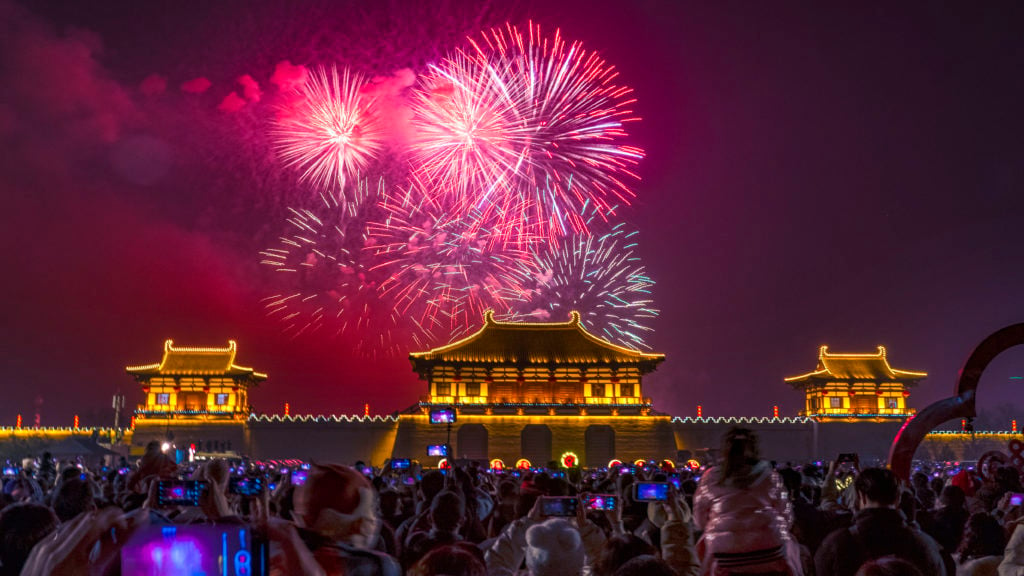
Many places in Asia set off fireworks to celebrate the Lunar New Year.
China
Immerse yourself in the vibrant traditions of the Lunar New Year in China. From mesmerizing dragon dances to heartwarming family reunions, the Lunar New Year is an explosion of culture and tradition in China that visitors won't want to miss.
The Lunar New Year wouldn't be complete without the dragon dance in this country. You'll see these long, magnificent dragons weaving through the streets, controlled by a group of people.
Vietnam
Tet Nguyen Dan (Lunar New Year) in Vietnam begins many days before the new year, when people flock to the streets to shop, decorate, and clean their homes. In particular, experiencing the Tet market or flower market is a unique experience unlike anywhere else. Tourists will find streets overflowing with festive goods, decorations, traditional Tet dishes, and a riot of colorful flowers.
During Tet (Vietnamese Lunar New Year), many Vietnamese people visit temples to pray for a prosperous and healthy year ahead. It's a peaceful and beautiful experience, offering a glimpse into the spiritual aspect of Vietnamese culture. Visitors can also indulge in traditional Tet dishes such as banh tet and banh chung.
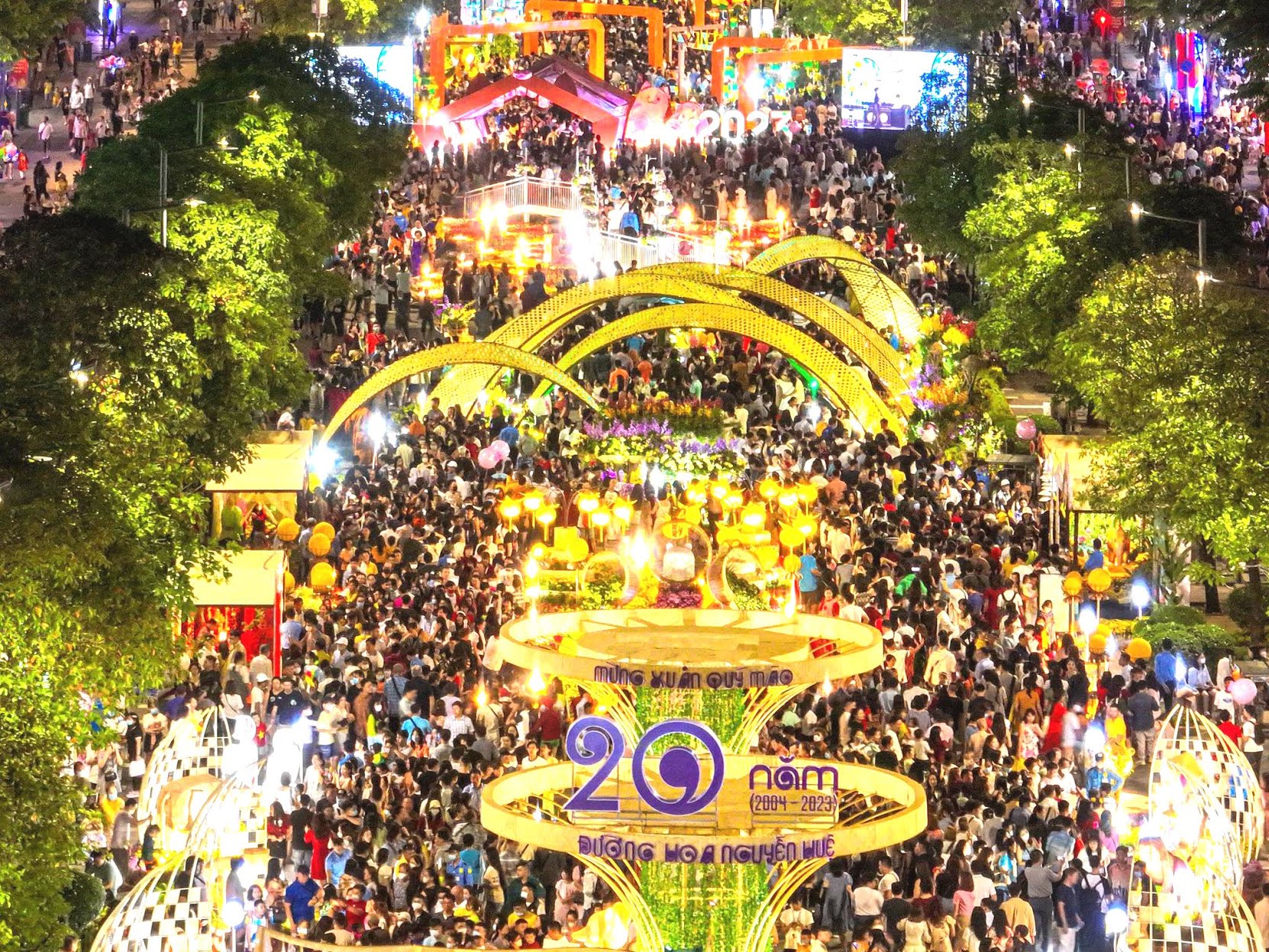
Nguyen Hue Flower Street was packed with people during Tet (Lunar New Year).
Korea
In Korea, the Lunar New Year is called Seollal. It's a time when traditional hanbok clothing is worn with pride. Many Koreans, young and old, wear these colorful and elegant outfits during the festivities.
One of the most important Seollal traditions is Charye. Here, families show respect to their ancestors by setting up a ceremonial table.
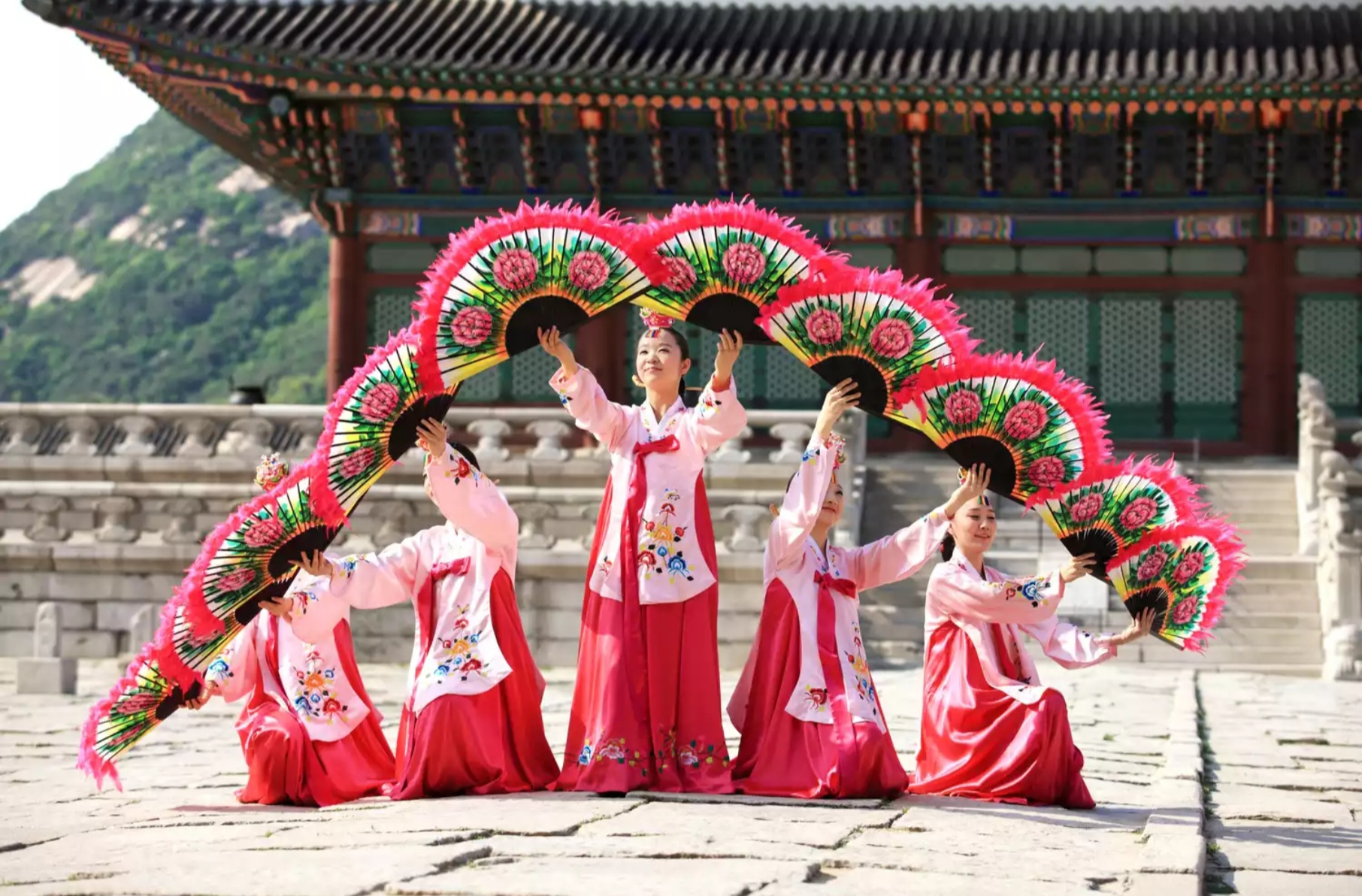
Korean people in traditional hanbok attire.
Japan
While neighboring countries begin celebrating their own New Year's holidays in late January or through February, the Japanese have long since finished their New Year's holiday. The Japanese celebrate the New Year on January 1st and call it New Year's Day (Ganjitsu).
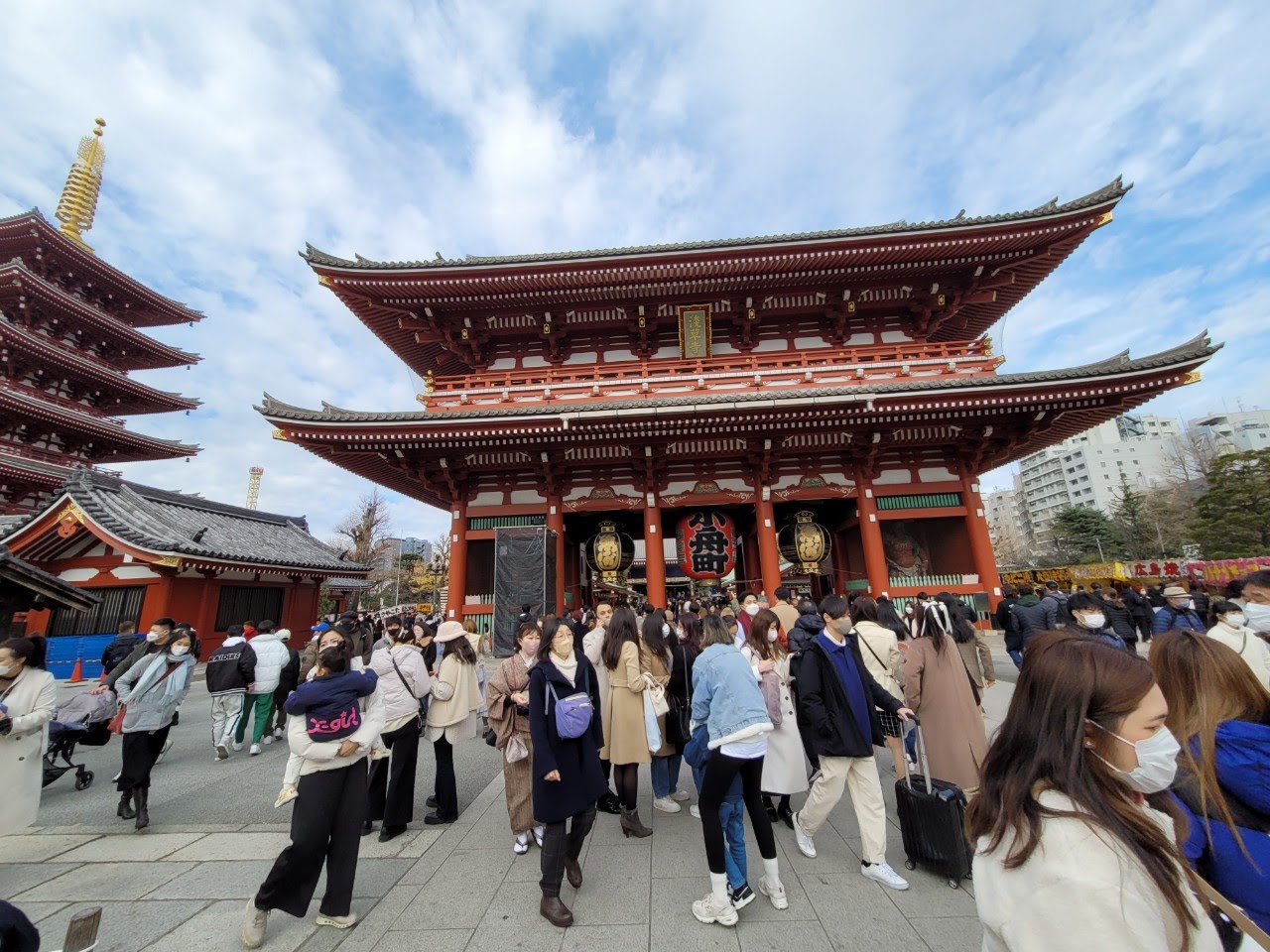
Japanese people visit temples on New Year's Day according to the Gregorian calendar.
In 1873, as part of the Meiji Restoration, Japan adopted the Gregorian calendar (solar calendar) in an attempt to catch up with the West. At that time, the prevailing attitude among the Japanese elite was to view Asian customs as inferior to Western ones and hindering national development, including the Lunar New Year. They believed that abolishing this day would reduce holidays, focus on work, increase national output, and boost the economy .
Today, Lunar New Year is only celebrated in a few areas of Japan where people of Chinese descent live.
Source link


![[Photo] Prime Minister Pham Minh Chinh presides over a meeting on private sector economic development.](/_next/image?url=https%3A%2F%2Fvphoto.vietnam.vn%2Fthumb%2F1200x675%2Fvietnam%2Fresource%2FIMAGE%2F2025%2F12%2F20%2F1766237501876_thiet-ke-chua-co-ten-40-png.webp&w=3840&q=75)

![[Photo] Prime Minister Pham Minh Chinh presides over the conference announcing the establishment of the International Finance Centre in Vietnam.](/_next/image?url=https%3A%2F%2Fvphoto.vietnam.vn%2Fthumb%2F1200x675%2Fvietnam%2Fresource%2FIMAGE%2F2025%2F12%2F21%2F1766309817714_ndo_br_dsc-3400-jpg.webp&w=3840&q=75)









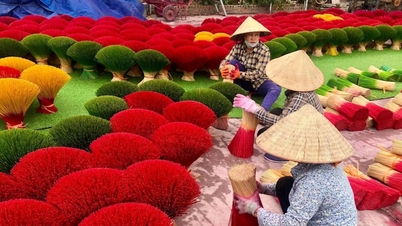




























































































Comment (0)